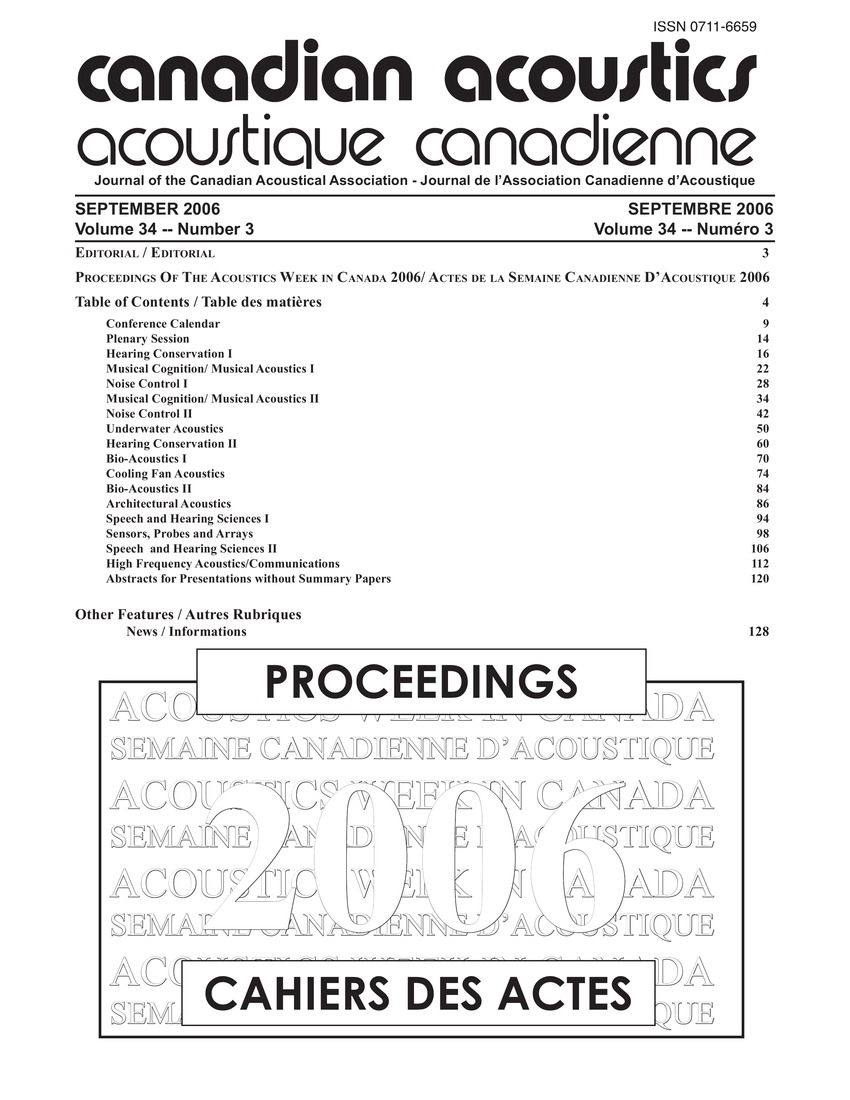A cross-language vowel normalisation procedure
Keywords:
Acoustic variables measurement, Character recognition, Linguistics, Mathematical models, Optimization, Parameter estimation, Acoustic data, Vowel normalization, VowelsAbstract
A variation of log-mean normalization that can be applied in cross-language and cross-dialect experiments, is presented. Vowel normalization procedures seek to remove inter-speaker variance due to factors such as vocal tract size, which human listeners discount while identifying vowels. It is expected that the mean vocal-tract length are approximately equal over large and sufficiently balanced samples of speakers. The cross-language normalization procedure is tested using acoustic data from productions of L1-Spanish non-low front vowels and L1 English non-low front vowels. Three models are trained and tested using non-normalized log-Hertz values, language-normalized values, and cross-language normalized values respectively. The models trained on normalized L1-English vowels had a slightly higher correct-classification rate on the training data than the model trained on non-normalized data. The vowel normalization increased the correlation between monolingual English listeners.Additional Files
Published
How to Cite
Issue
Section
License
Author Licensing Addendum
This Licensing Addendum ("Addendum") is entered into between the undersigned Author(s) and Canadian Acoustics journal published by the Canadian Acoustical Association (hereinafter referred to as the "Publisher"). The Author(s) and the Publisher agree as follows:
-
Retained Rights: The Author(s) retain(s) the following rights:
- The right to reproduce, distribute, and publicly display the Work on the Author's personal website or the website of the Author's institution.
- The right to use the Work in the Author's teaching activities and presentations.
- The right to include the Work in a compilation for the Author's personal use, not for sale.
-
Grant of License: The Author(s) grant(s) to the Publisher a worldwide exclusive license to publish, reproduce, distribute, and display the Work in Canadian Acoustics and any other formats and media deemed appropriate by the Publisher.
-
Attribution: The Publisher agrees to include proper attribution to the Author(s) in all publications and reproductions of the Work.
-
No Conflict: This Addendum is intended to be in harmony with, and not in conflict with, the terms and conditions of the original agreement entered into between the Author(s) and the Publisher.
-
Copyright Clause: Copyright on articles is held by the Author(s). The corresponding Author has the right to grant on behalf of all Authors and does grant on behalf of all Authors, a worldwide exclusive license to the Publisher and its licensees in perpetuity, in all forms, formats, and media (whether known now or created in the future), including but not limited to the rights to publish, reproduce, distribute, display, store, translate, create adaptations, reprints, include within collections, and create summaries, extracts, and/or abstracts of the Contribution.


